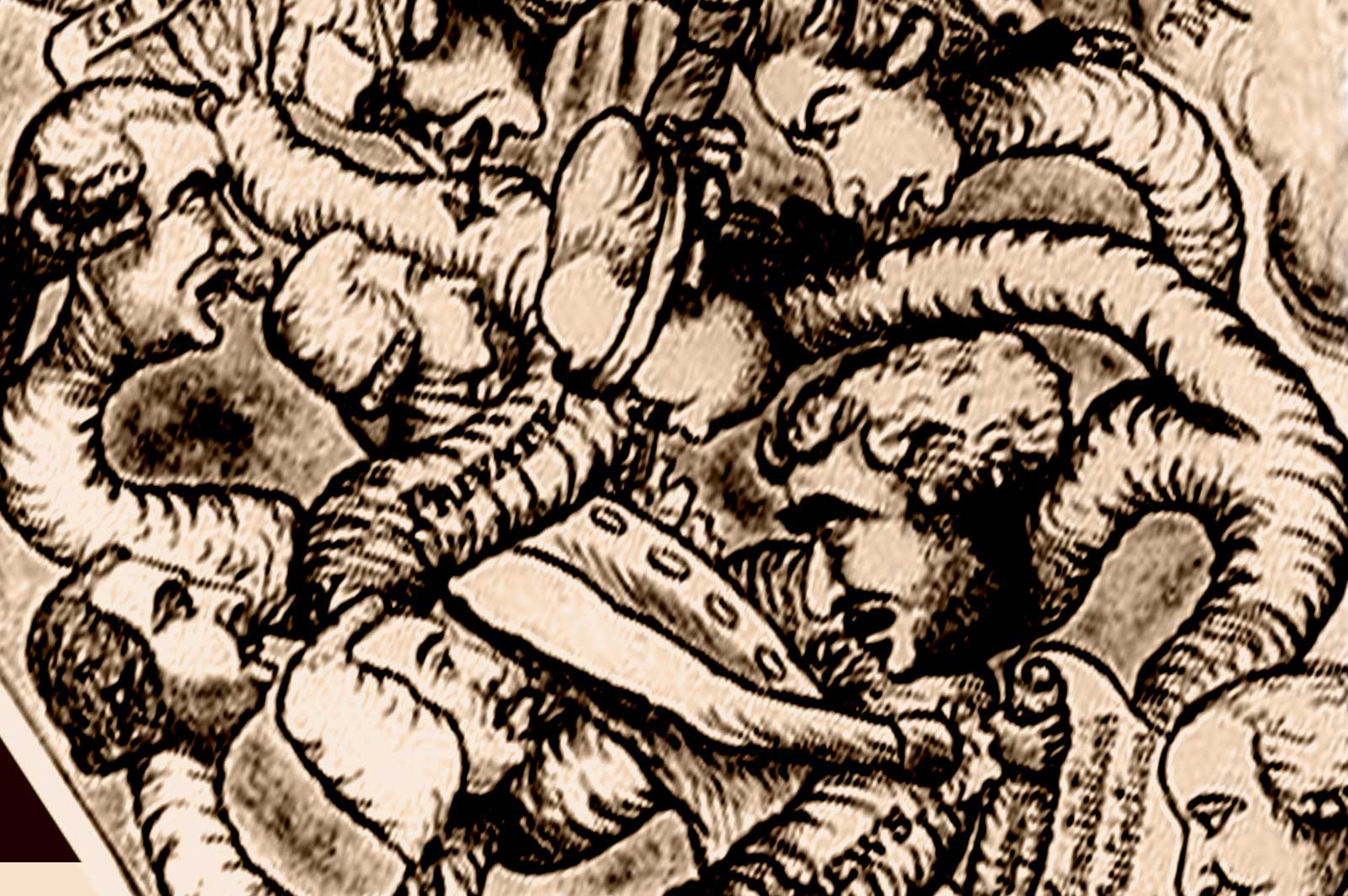Marketing Buzzword?
The Content Management System (CMS) space is crowded. In this red ocean, the struggle for relevance requires marketers to seek differentiation continuously. We’ve seen the rise and fall of many marketing buzzwords in the last ten years. What at first is a differentiated term soon becomes a meme. In the endless cloning, many terms have gained and lost meaning. Take, for instance, “Digital Transformation.” How many times have you heard that one? But what does it mean? Likewise, in the past two years, “Headless CMS” has reemerged. While the term and the tech are relatively ancient at more than 10 years old, the term has taken on new energy.


So what is “headless”?
Traditional CMS setup: content editing, a database, and a rendering engine like HTM are tightly coupled. The basic “headless” CMS disconnects these layers.
| Theme | Traditional CMS | Headless CMS |
|---|---|---|
| Hosting & Delivery | In-house | In the cloud |
| Development Mindset | Project-focused | Product-focused |
| Content model | Built for a single page | Building block for many products |
| Supported devices | Limited | Limitless |
| Reach | One-to-one | One-to-many |
| Workflow | Waterfall | Agile |
| Updates | Scheduled | Continuous |
| Backend system | Monolithic, all-in-one | Microservice, best-in-class |
| Investment | Large up-front cost | Quick proof of concept |
| Technical debt | Inherent to the system | Managed |
Headless CMSs emphasize a number of advantages:
- Developers have more control over system architecture
- Front-end developers don’t need to learn the ins and outs of the CMS but instead can rely on more standard API-driven approaches
- Speed – Headless CMSs have the potential to be very fast when a Jamstack and static file approach is possible
- Security – Disconnecting systems in a headless approach can limit the connection between systems and therefore increase security
- Omnichannel – If content and rendering are no longer tightly linked then serving content from a headless CMS to omnichannel is potentially easier.






One Comment